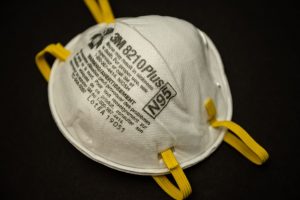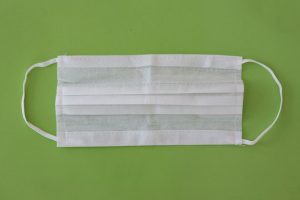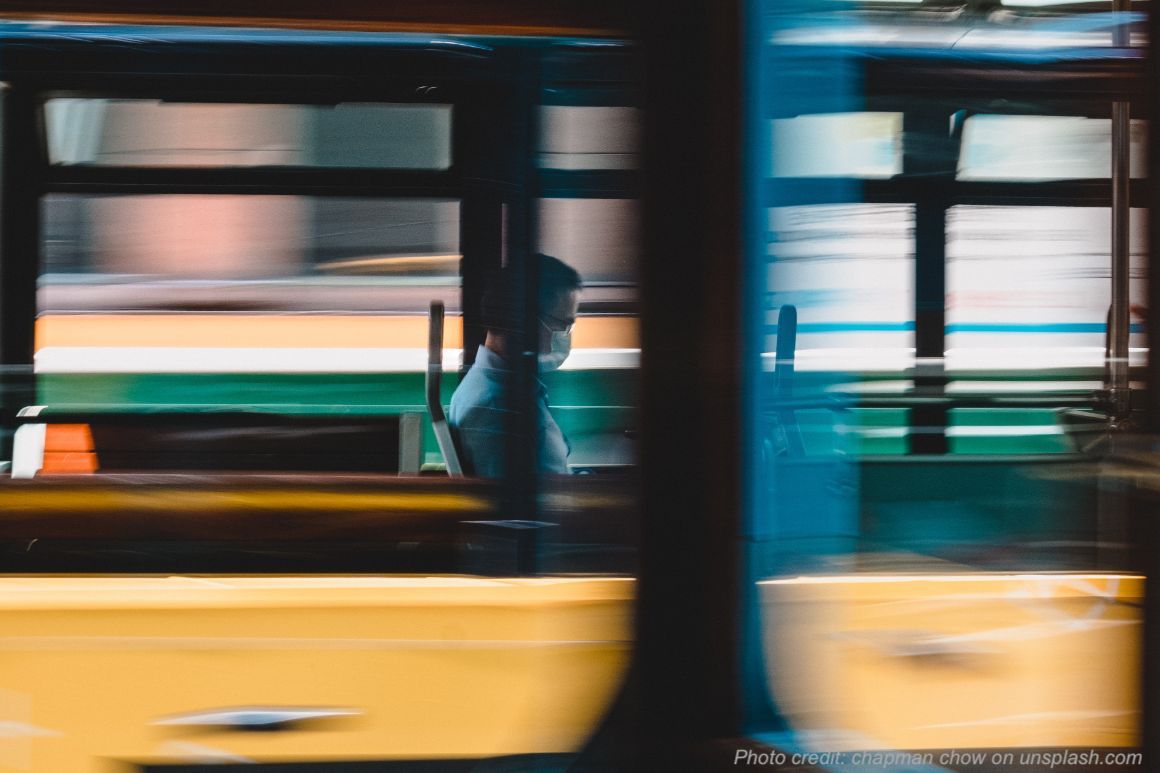Public transport travel has changed dramatically since the outbreak of coronavirus.
Operators are confronted with staff deaths and infections, massive drops in ridership, and some companies require bailout money to keep service running.
Several countries have introduced new rules for travelling in public transport in order to limit the spread of the disease. One of these is wearing a face mask.
Masks are now mandatory on public transit in Germany, France, Austria, Spain, Poland, Portugal, and Czech Republic. Other countries taking steps towards easing the lockdown are pondering the same measure, and some media sources report that gloves may become mandatory too.
Also in the US the use of masks is recommended by the Centre for Disease and Control Prevention. They were made compulsory on New York’s public transit routes two weeks ago.
Authorities believe that masks can help with minimising the risk of spreading the virus. They are regarded by some as a key requirement when restrictions will be lifted even further and passenger numbers will be on the rise.
But how effective are masks when taking a bus or a subway ride?
A home-made mask better than no mask
The World Health Organization first announced that masks should solely be worn by medical workers or carers. In a later statement, it said that sick persons or those that show symptoms should also wear them.
It advised that healthy people should only wear them when they are coughing or sneezing, or when taking care of suspicious or infected people. It says that using the masks wrongly is unsafe and may lead to the wearers catching infections themselves.
Not all masks are the same though and recommendations about which type to wear can easily get confusing.
The N95 mask type has been proven to best prevent bacteria spread, but these are in shortage even for medics.
Surgical masks are also in shortage but lately have become more available as the global production is ramping up. They do not seal against the face as the N95 masks do, but they do come with moisture-resistant non-woven polypropylene layers. They filter around 70% of the outside air, with 30% of the air coming through the sides.



Fabric masks do not have any moisture-repellant layers and also allow air on the sides, making them the least efficient. According to a study from 2013 and a more recent research paper from 2020 , fabric masks are three times less effective than surgical masks. Depending on the thickness of the layers, experts say they can block anywhere under 50% of the bacteria.
The leakage of fabric and surgical masks led to skepticism about their effectiveness making some governments doubt whether to impose them as a necessary requirement in the first place. But despite their lack of full protection, authorities now seem to consider them essential to help keep the risk of infections to a minimum.
Gloves may help but be cautious
According to doctors, gloves will not give an extra layer of protection unless handled properly. Experts advice you should only wear gloves if they remind you not to touch your face.
“While gloves can protect your hands from coming into contact with these droplets, they will still remain on the surface of the gloves and may even last there for longer if they are not washed frequently, leading to an increased risk of catching the virus by touching your face or food with your gloves, as well as the risk of passing it on to others.” says a doctor from the UK.
Wearing gloves makes sense in a common space like public transport with a lot of shared surfaces where the virus might land. And even though cash operations have been reduced to a minimum and some vehicle doors are opening automatically without the need to touch any buttons, we cannot avoid touching some surfaces like handles and bars as they help us keep our balance during the ride.
Whether we decide to wear or not gloves, washing hands remains the most important aspect to maintain hygiene.
- 4 ways public transport changed during Covid-19
- Public transport use changes during Covid-19 in Barcelona
Markers inside vehicles
The effectiveness of a mask and wearing gloves in public transit is also determined by how close people stand next to each other, the vehicle occupancy rate, and how well ventilated a vehicle is. This is why some operators are introducing social distancing markers indicating the exact spots where passengers can or cannot sit.
This is happening in Dubai where the local transport authority started placing some 170,000 stickers across different transport routes to remind people about social distancing.
The same measures are being imposed in Italy which is preparing for easing the lockdown restrictions, and also in Panama, Canada, and in some parts of the US.



